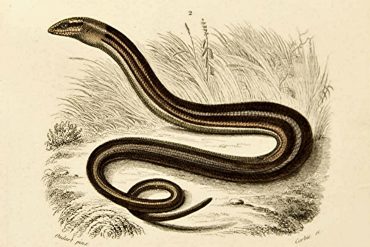If you’ve ever needed someone to advise you about both the best arrangement for your throw pillows and about the intricacies of raising poultry, then you have needed P. Allen Smith. He is one of the few who have mastered both. You should try to reach him.
Getting his attention will be tough. Smith is a busy man. He hosts a radio show, two public television programs and has produced mounds of content for multiple YouTube channels. In 2009, he founded the Heritage Poultry Conservancy. These are just the highlights. A full list of his accomplishments is too long to reproduce here.
Discovering Smith
Neither a need for decorating nor chicken-rearing advice drove me to Smith. Instead, I discovered him out of a need to escape. As a professor facing a long stretch of unattended office hours and reams of assignments yearning for grades, the pressure and the boredom sometimes become more than I can bear. For solace, I turn to YouTube, where I recently stumbled on Smith’s trove of video treasures spread across a couple of channels.
One channel focuses on his advice for stylish living. In these videos, he tells you how to make sauerkraut- it’s easy, just four or five ingredients. He explains how to make the entryway to your home inviting, and how to make environmentally friendly cleaning solutions. He demonstrates his solid command of holiday décor.
I prefer the other channel. This one features vignettes from his farm. In these, he roams stylishly around the gorgeous backdrop of his Arkansas estate. He talks about the animals he lives with: sheep, pigs, ducks and dogs. There are, apparently, animals everywhere on P. Allen Smith’s farm. I wouldn’t be surprised if he announced he keeps an ostrich in his well-appointed closet.
An Idealized Vision?
Watching these videos, I have wondered whether Smith doesn’t project an idealized vision of farm life. Many of the hard realities of farming, the rust, the dirt, the blood, are absent from the images he purveys. Anyone coming to life on a farm based on these videos alone would be as disappointed as someone looking for a nanny whose hunt was based on a single viewing of Mary Poppins.
While there is a grain of truth to this idea, to dismiss Smith’s work on these grounds would be unfair. Smith is not projecting a sanitized vision of farm life or, at least, that is not all he his doing. He is also, I think, boiling the life lived close to nature down to its aesthetic essence.
Most of us who are attracted to such a life will admit the beauty of nature is part of the draw. Far from presenting an overly pretty, deceptive picture of rural life, Smith isolates and intensifies its aesthetic dimension. His work showcases the possibilities of beauty that can lie dormant in an average farm, an average home. Not everyone can bring those out. It is good for all of us that one man can.
Taking Beauty Seriously
It’s good for the cause of local food and environmentally responsible farming too. Too often writing on environmentalism and agriculture is characterized by dire warnings of impending catastrophe or pedestrian instruction. By emphasizing the potential for beauty in our natural and built surroundings, Smith draws in people who would normally shy away.
The power of the aesthetic shouldn’t surprise those of us who find ourselves within a faith tradition. We agree that nature is more than a machine, more than simple, brute material. We see its beauty as a testament to its transcendent meaning. Smith’s work highlights the ways that beauty, the symbol of transcendence, can spring forth when human creativity meets the living world in humble, responsible ways.
By taking this beauty seriously, Smith points us beyond nature. In doing so he brings us closer to the Source of that beauty. And in bringing us more deeply in contact with the beauty of the world, he nudges us closer to the Spirit behind it.



